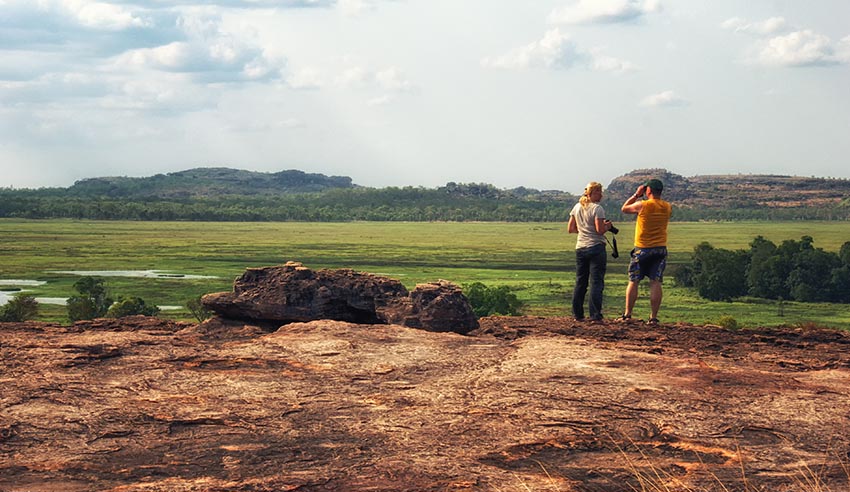The Law Society of South Australia has highlighted the flaws around Australia’s heritage protection laws after the destruction of a 46,000 year old site by Rio Tinto and has stated that their model could be an effective fit for other states.

In a controversial move, the Juukan Gorge rock shelters, which contained evidence of human life dating back 46,000 years, was blown up by mining company Rio Tinto.
The board of Rio Tinto publicly apologised for the distress caused to the Puutu Kunti Kurrama and Pinikura people, acknowledging the need to give traditional owners.
However, there was nothing illegal about the actions of Rio Tinto, according to the society.
The multinational company was required by Western Australia’s Aboriginal heritage laws to apply to the state’s Aboriginal Cultural Material Committee for approval to conduct mining operations in the caves.
“The whole sorry saga highlights weaknesses in WA’s Aboriginal heritage laws,” the society stated.
In comparison, South Australia said that their state’s Aboriginal heritage laws provide stronger protections for culturally significant sites and could provide a model for future reform of WA’s – and other jurisdictions’ – heritage protection laws.
“One of the key differences between the [states’] laws is the level of consultation required for an application to disturb a site or object can be approved,” said the society.
The Law Society noted that before making a determination as to whether a site or object is significant to Aboriginal tradition, or giving an authorisation to interfere with an Aboriginal site, the South Australian Premier, as the minister responsible for Aboriginal affairs, must take all reasonable steps to consult with the State Aboriginal Heritage Committee, as well as any Aboriginal organisation, traditional owners and other Aboriginal people that, in the opinion of the minister, have an interest in the matter.
As a result in South Australia, the minister is required to undertake a significant consultation process with Aboriginal communities and organisations.
“Meetings are advertised to ensure relevant persons and organisations can attend and be heard. Such consultation must take place before the [minister] may authorise the destruction, disturbance or interference with any Aboriginal site, object or remains," the society said.
The Law Society stated that a significant risk with Western Australia’s model is that the requirement to only consult with one advisory committee whose remit encapsulates the entire state, is that Aboriginal people with local knowledge of the cultural elements in question “may well be shut out of the conversation.”
“The WA Law Society has suggested regional consultation [committees] should be formed to represent eight distinct regions within WA. Those [committees] can, based on their local knowledge and skills, provide advice to the [minister] on the cultural significance of sites or objects within their region,” the society said.
“South Australia’s Aboriginal Heritage Act recognises Aboriginal people as primary [decision-makers] about their own heritage, which includes ancestral remains, sites and objects. The [act] encourages applicants such as miners, researchers or government departments to first talk about their plans directly with [traditional owners].
“This statutory recognition gives [traditional owners] a significant voice in determining the value and sanctity of areas and artefacts.”